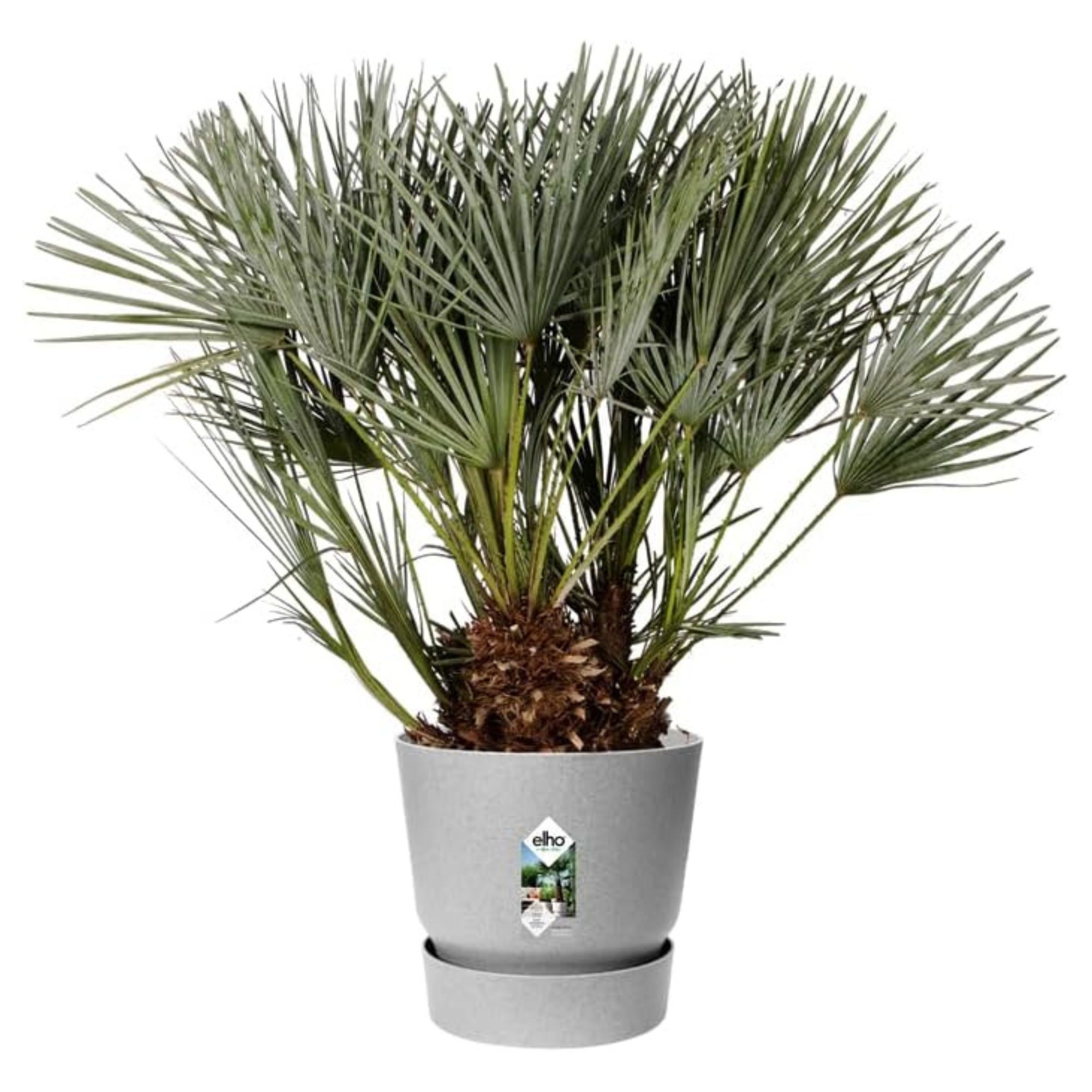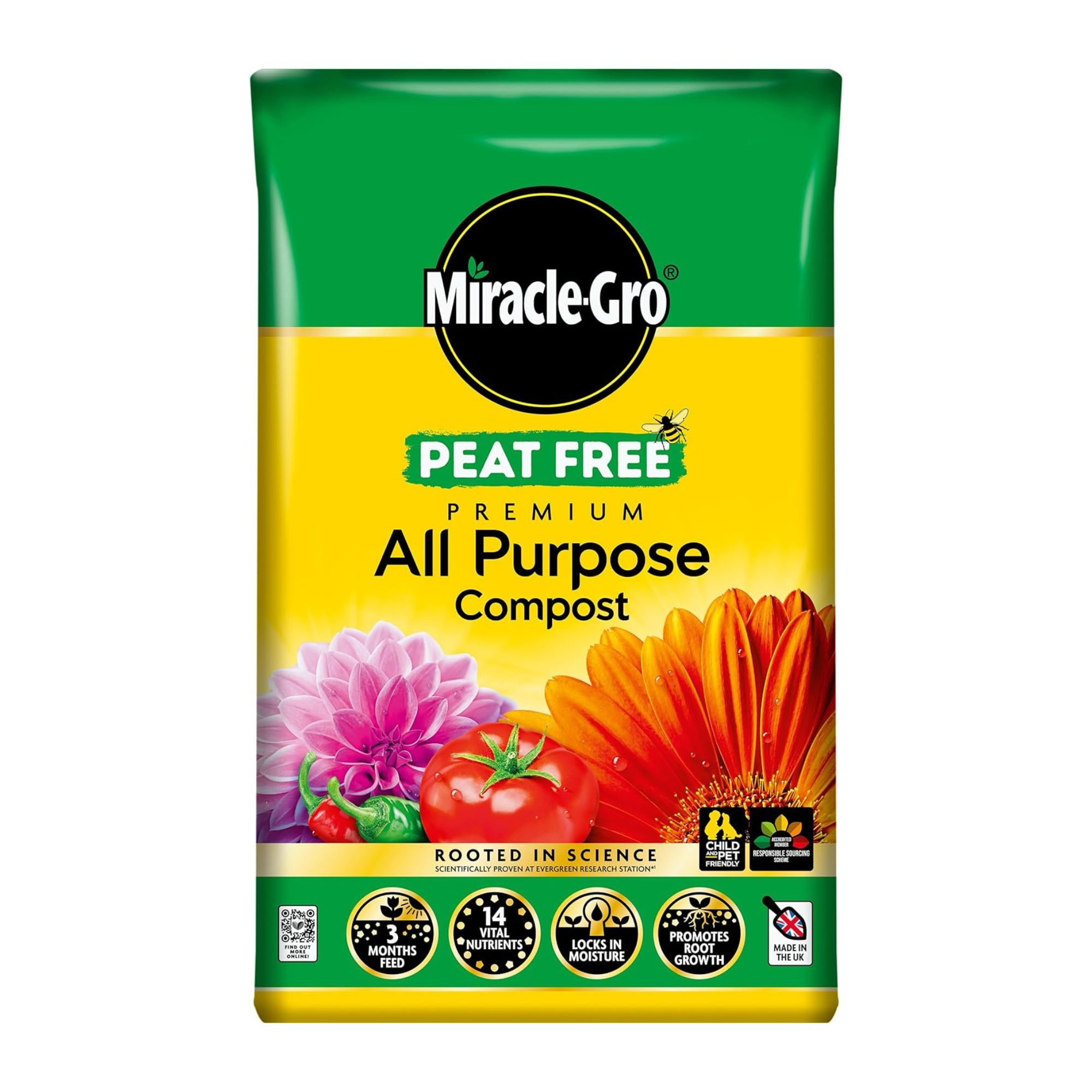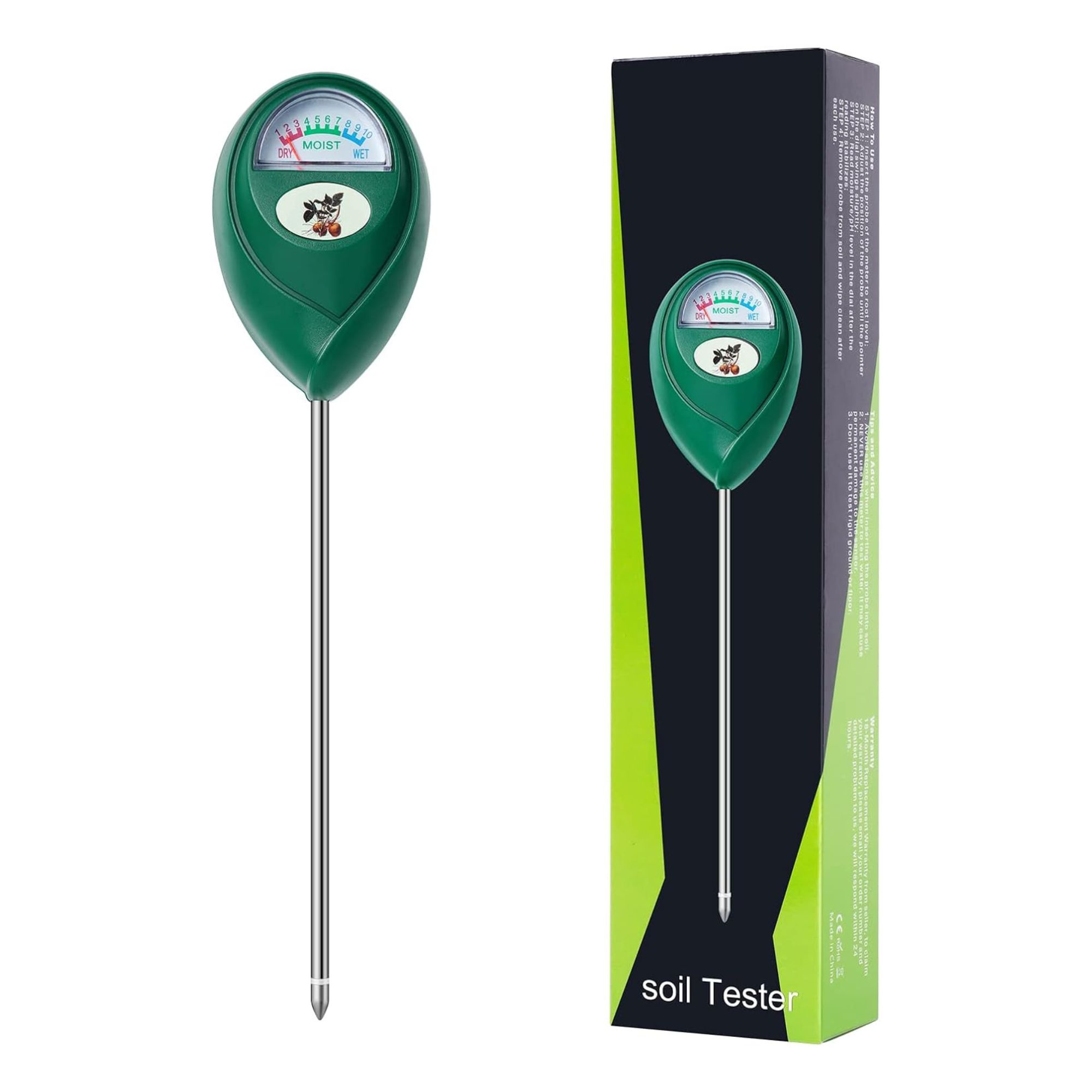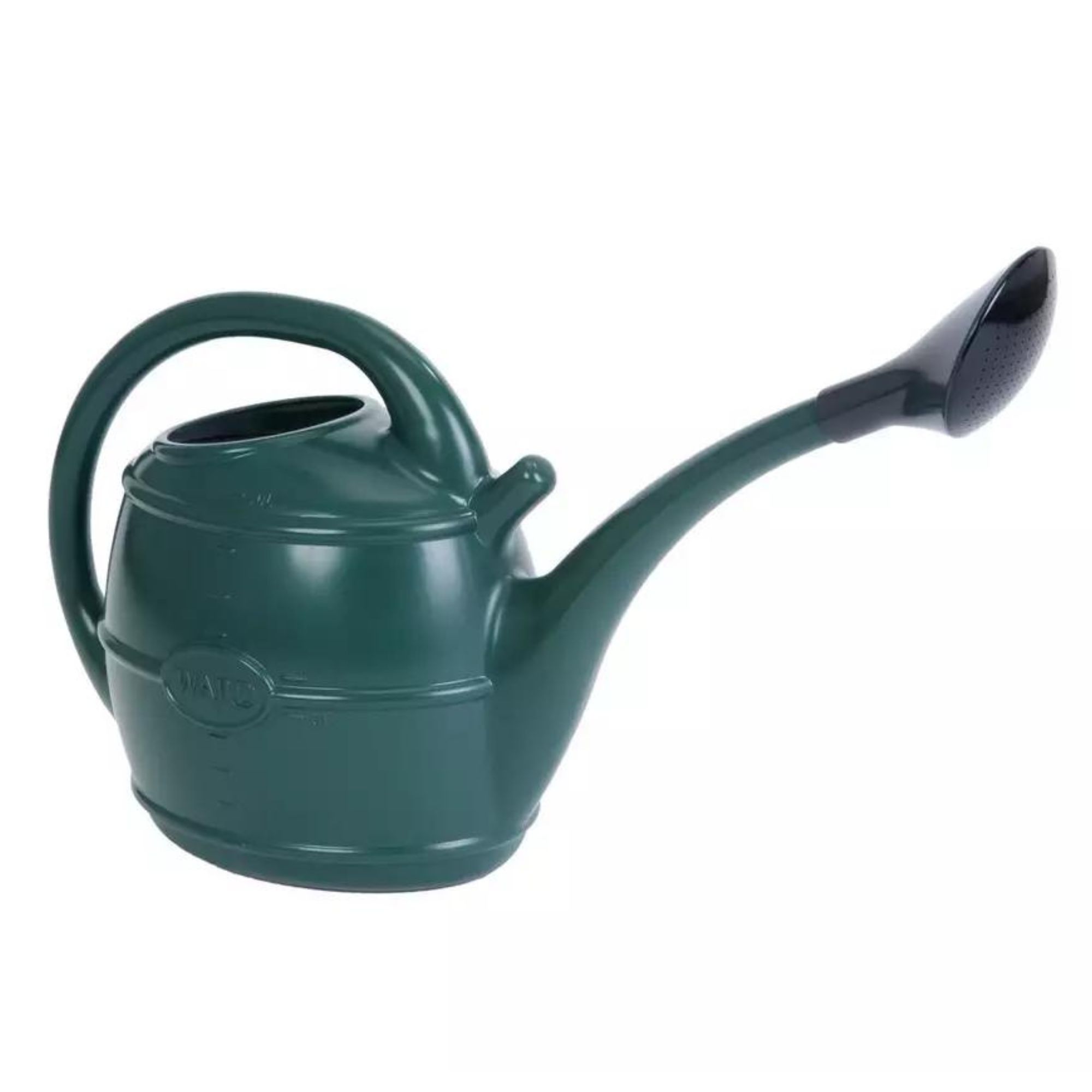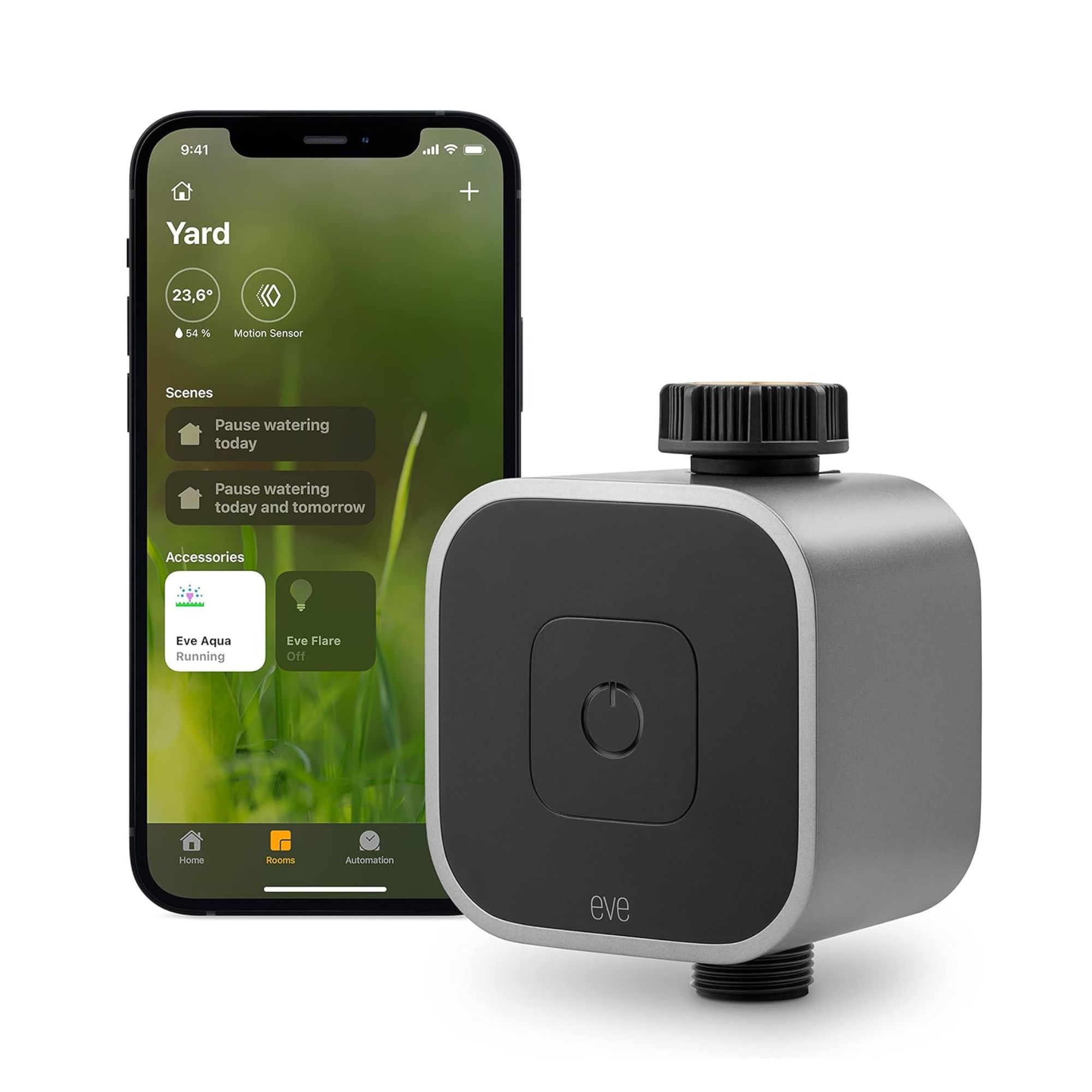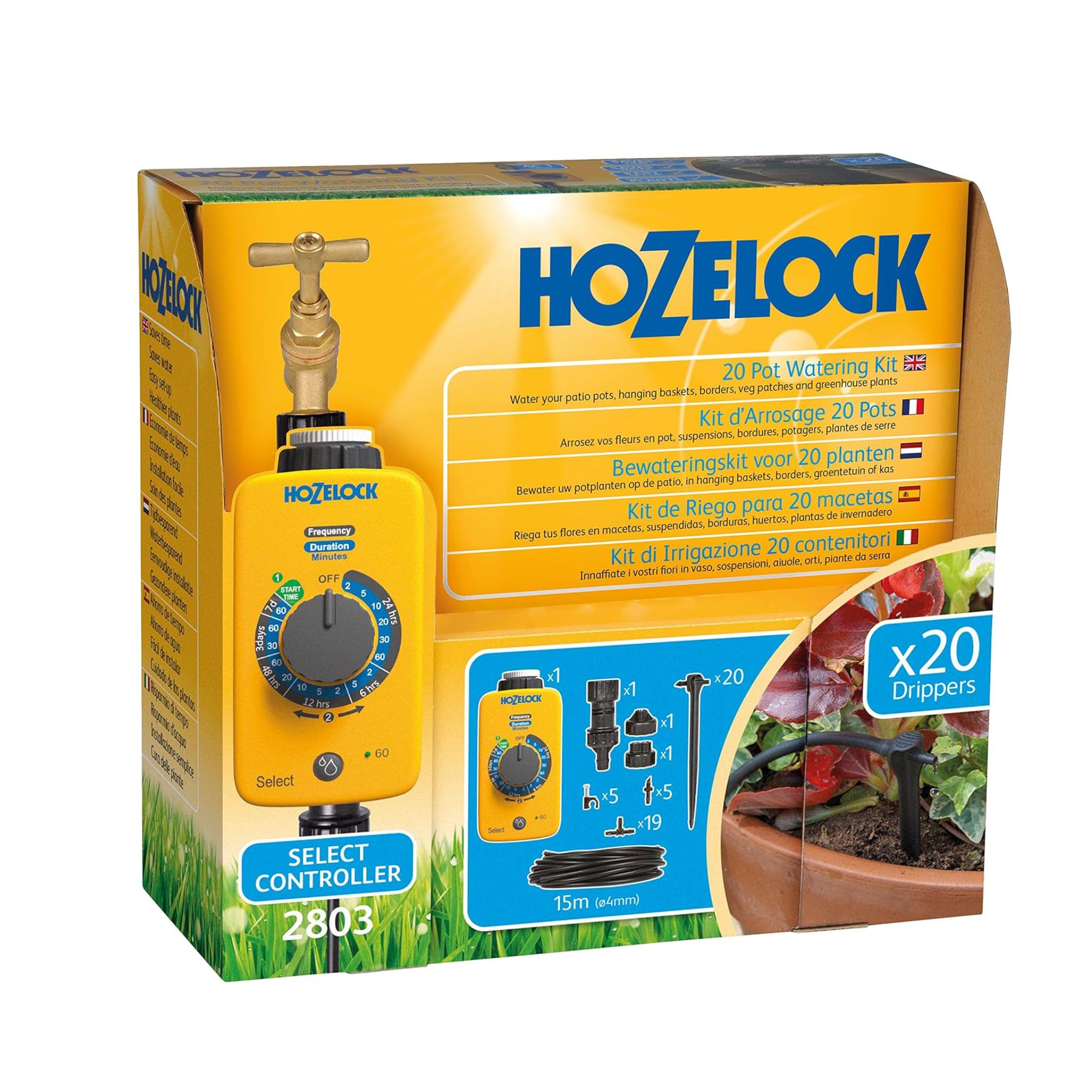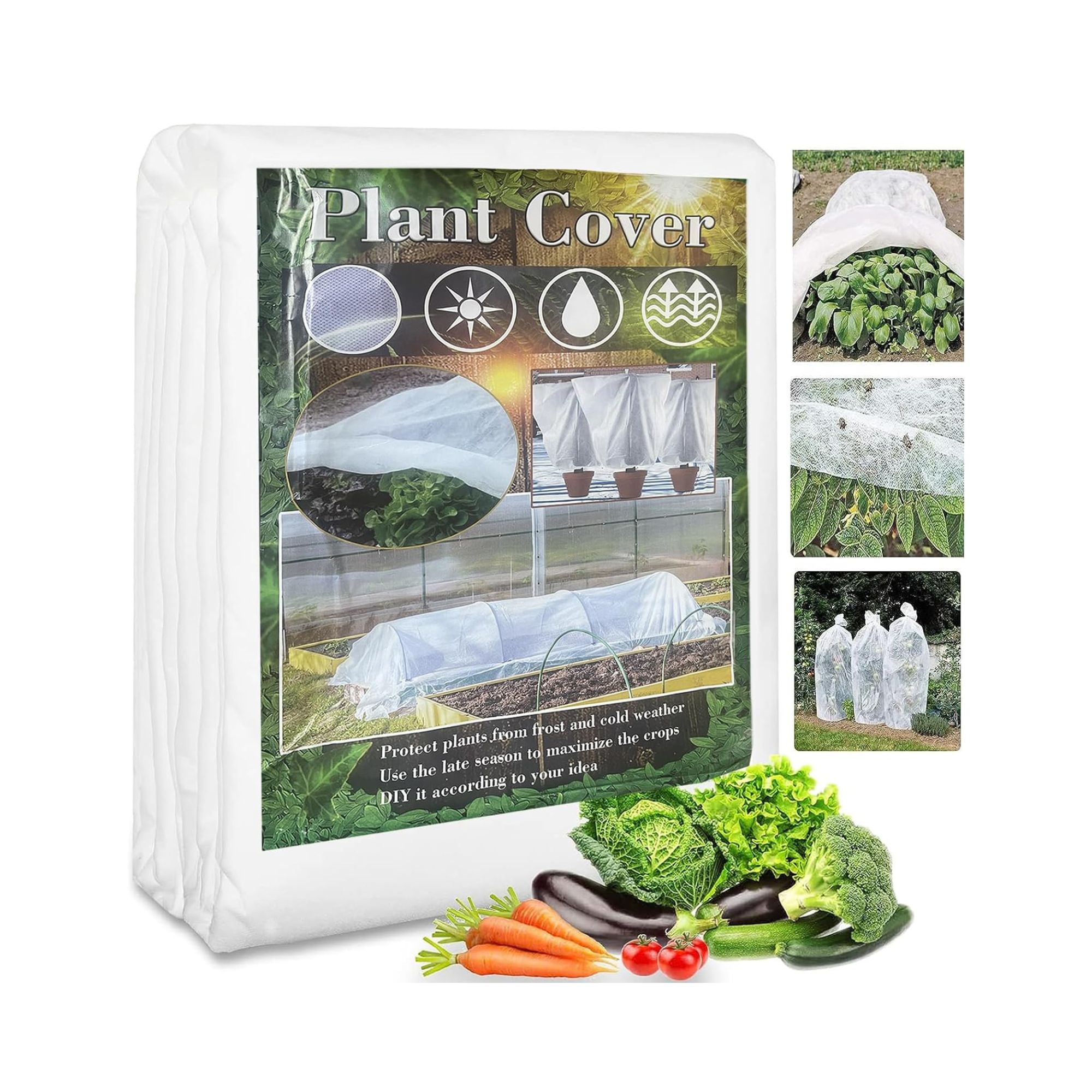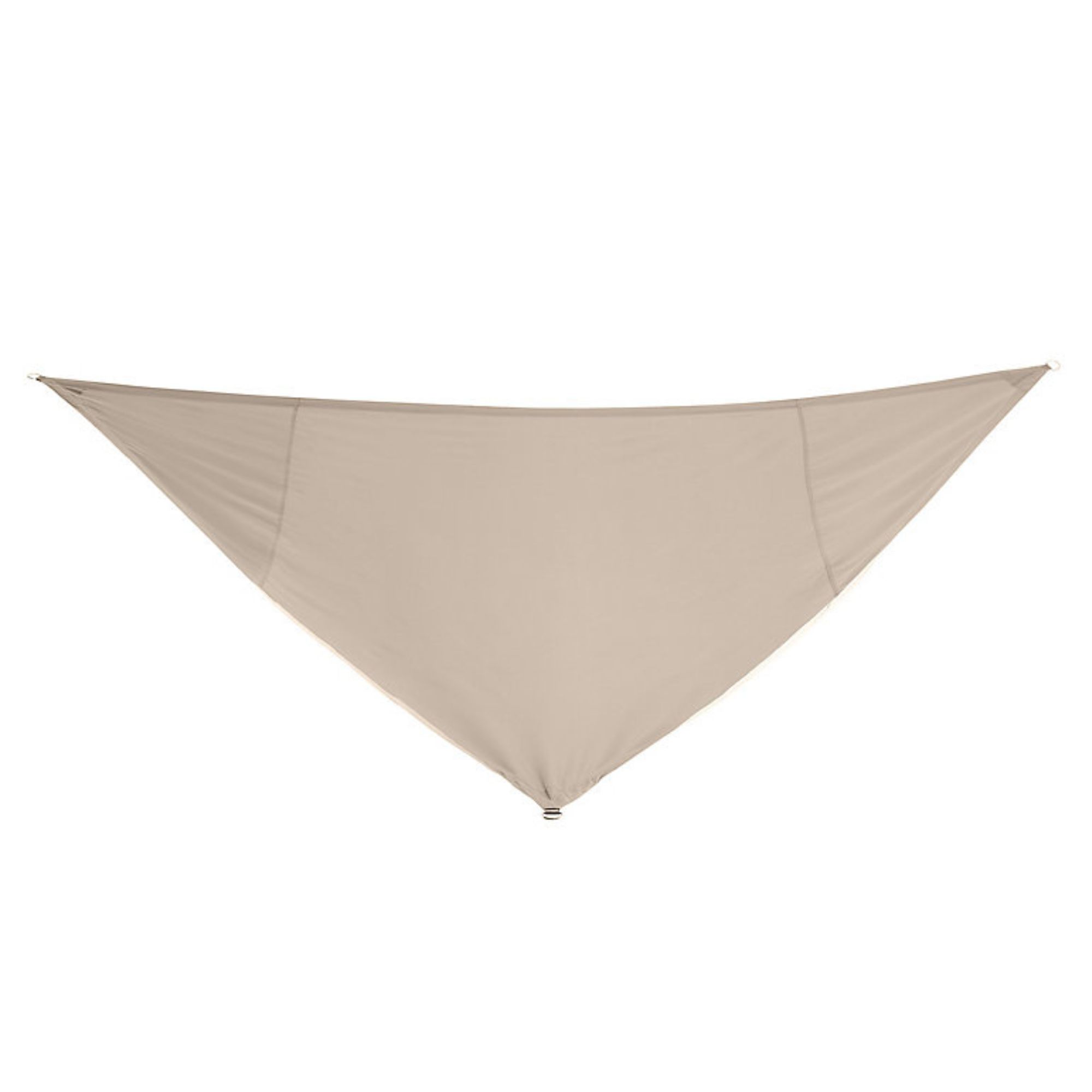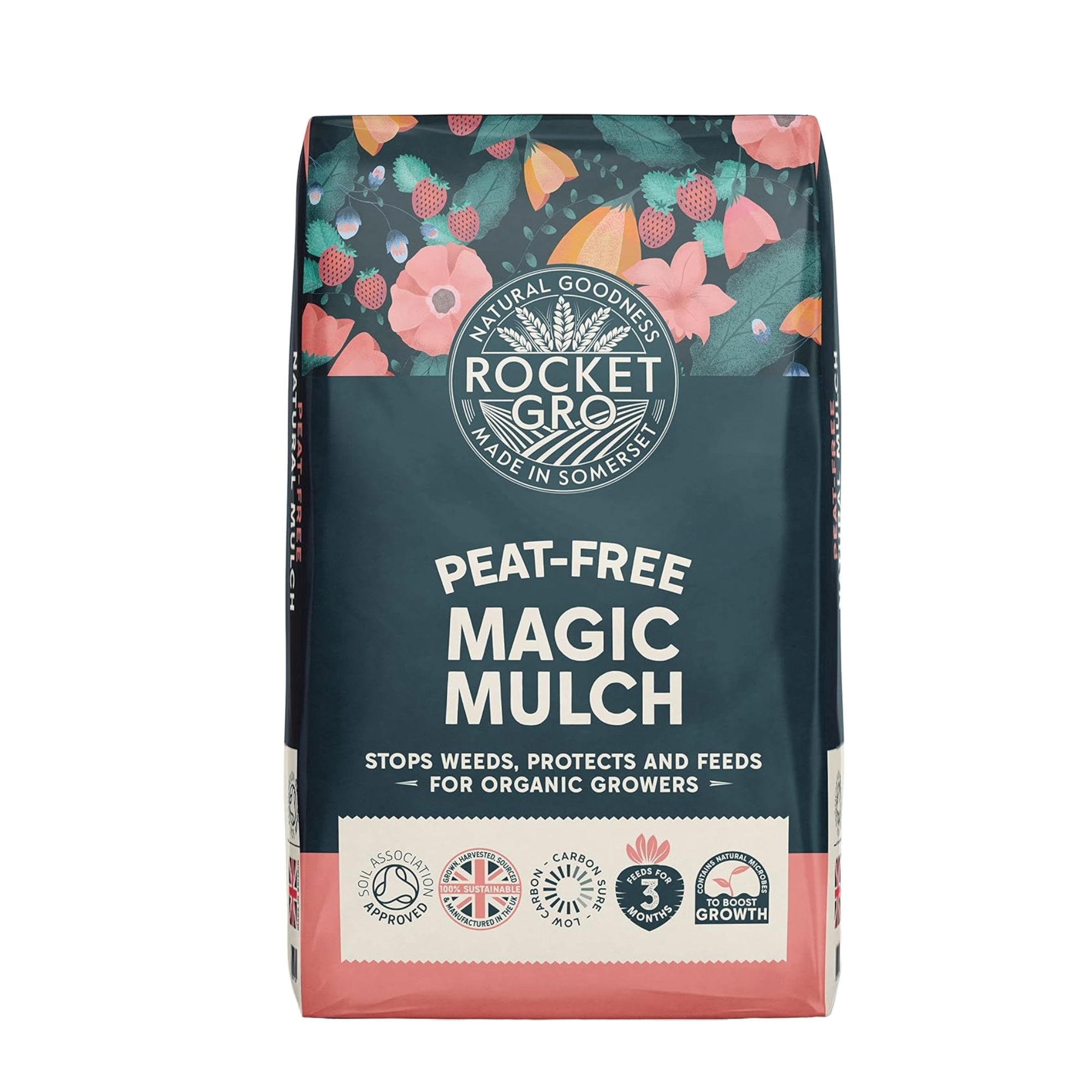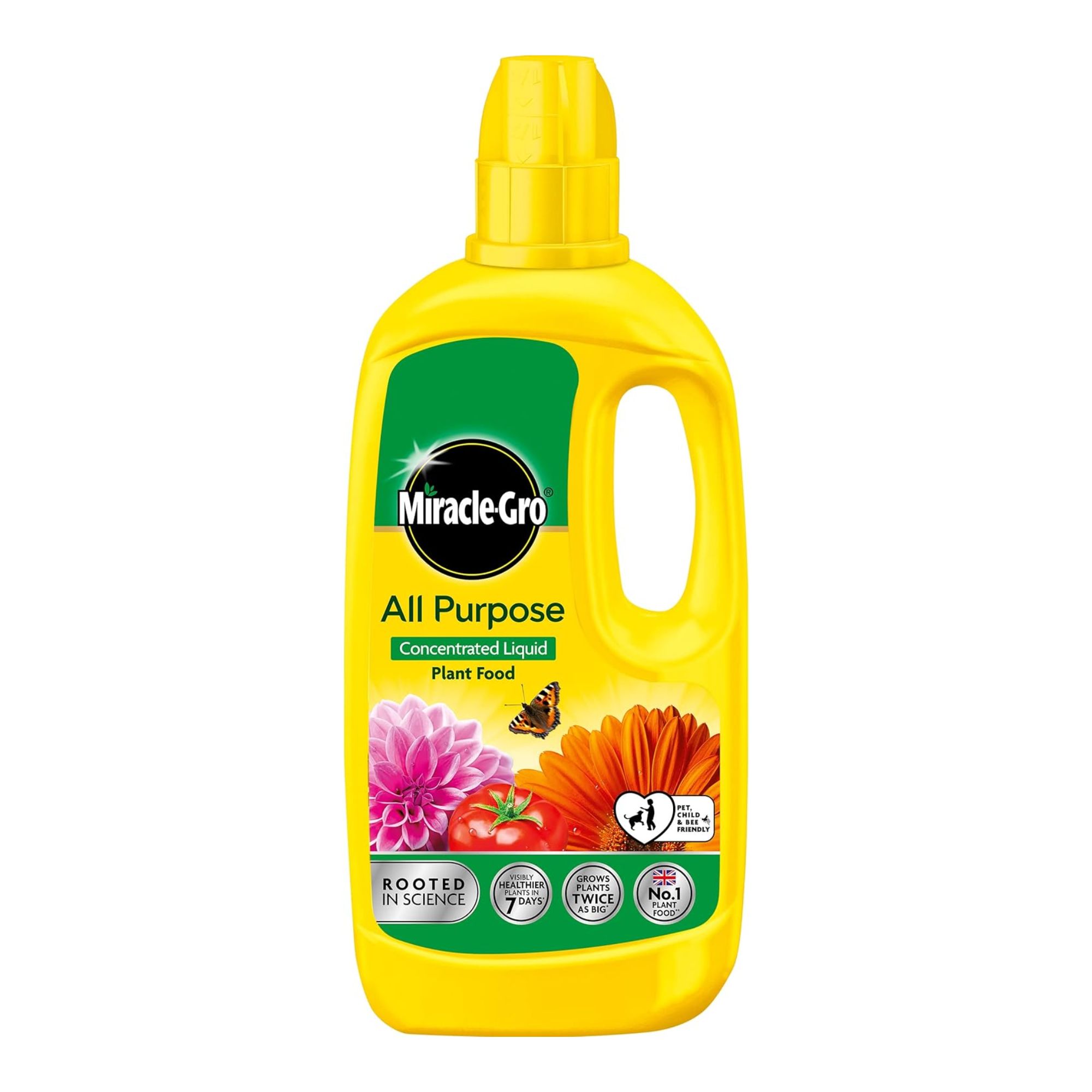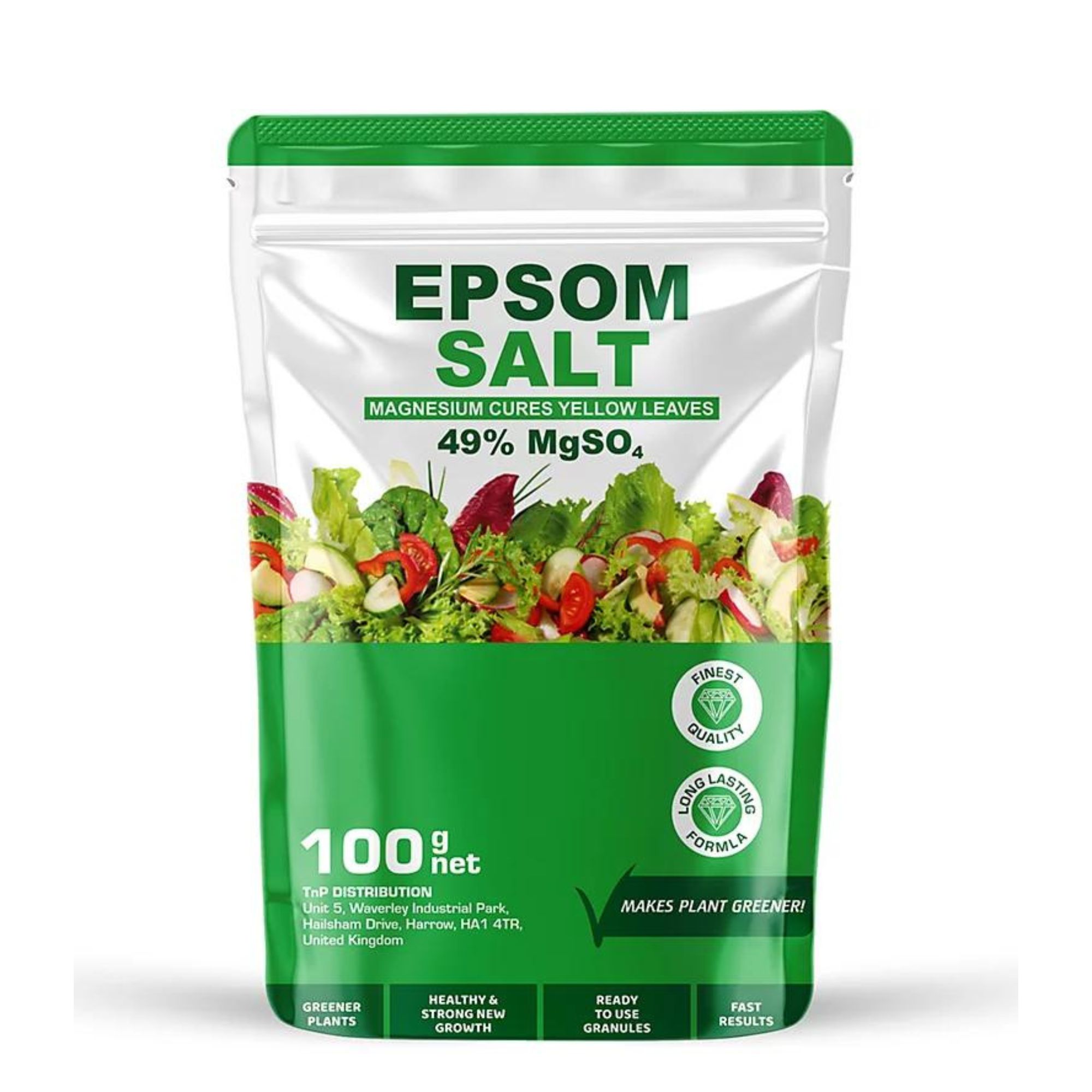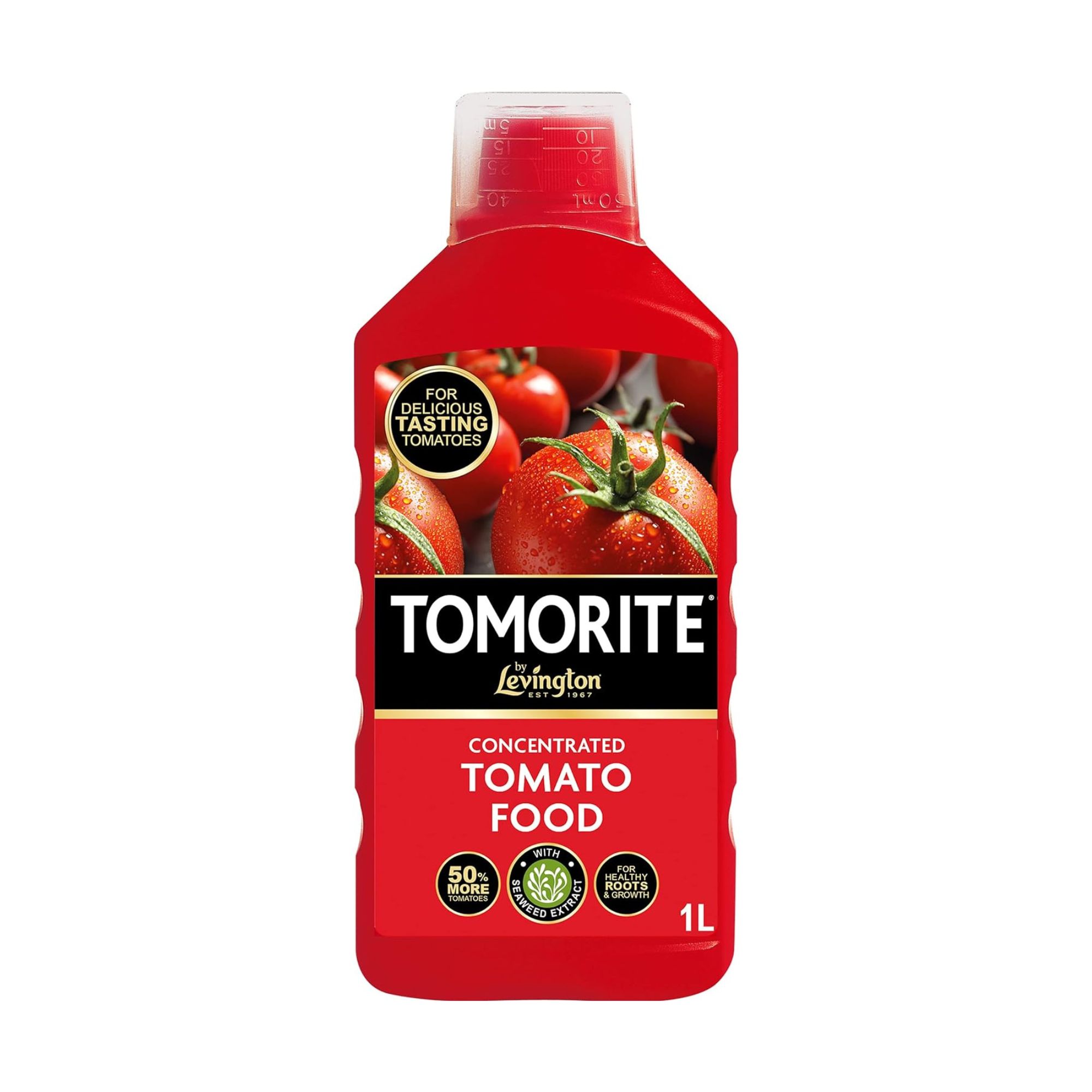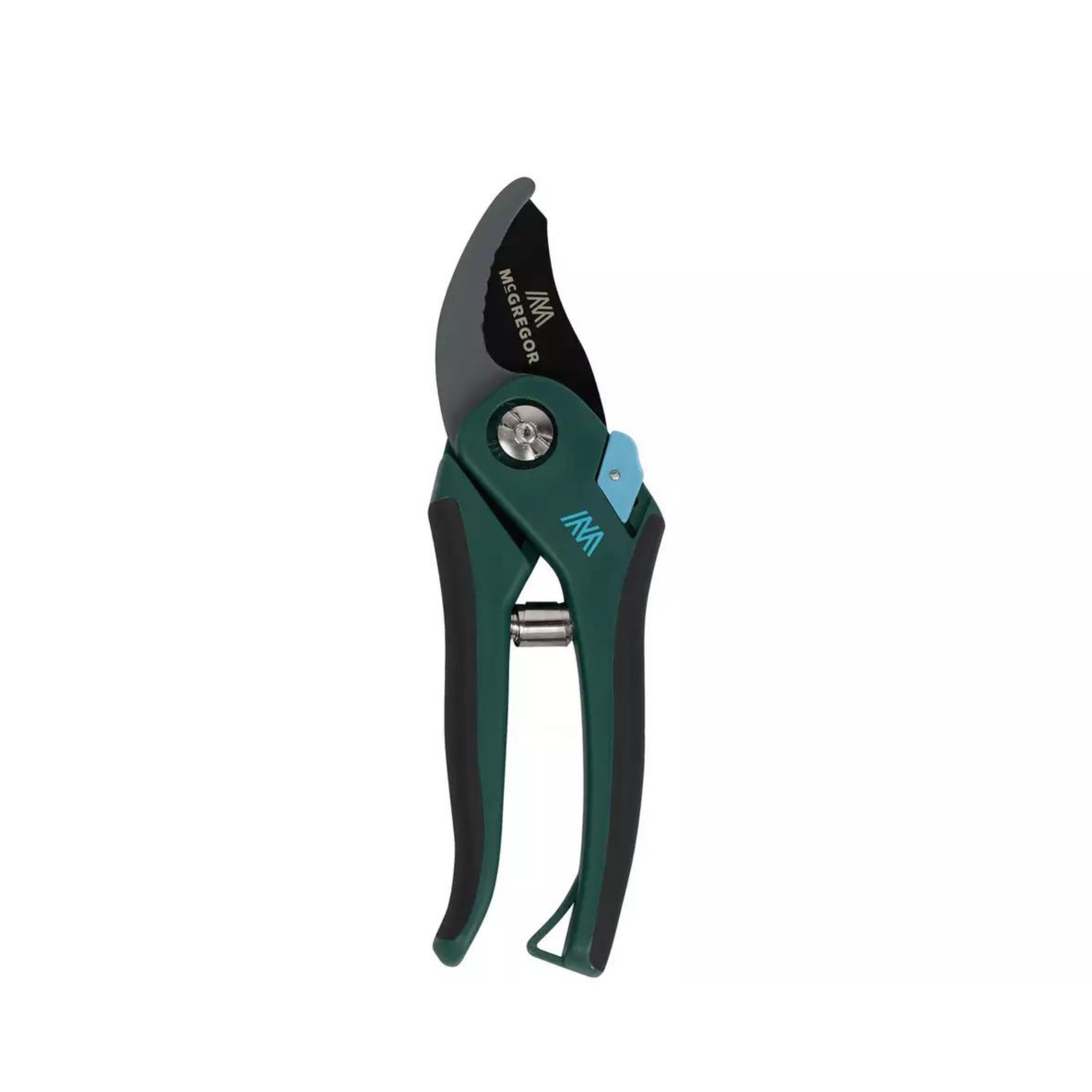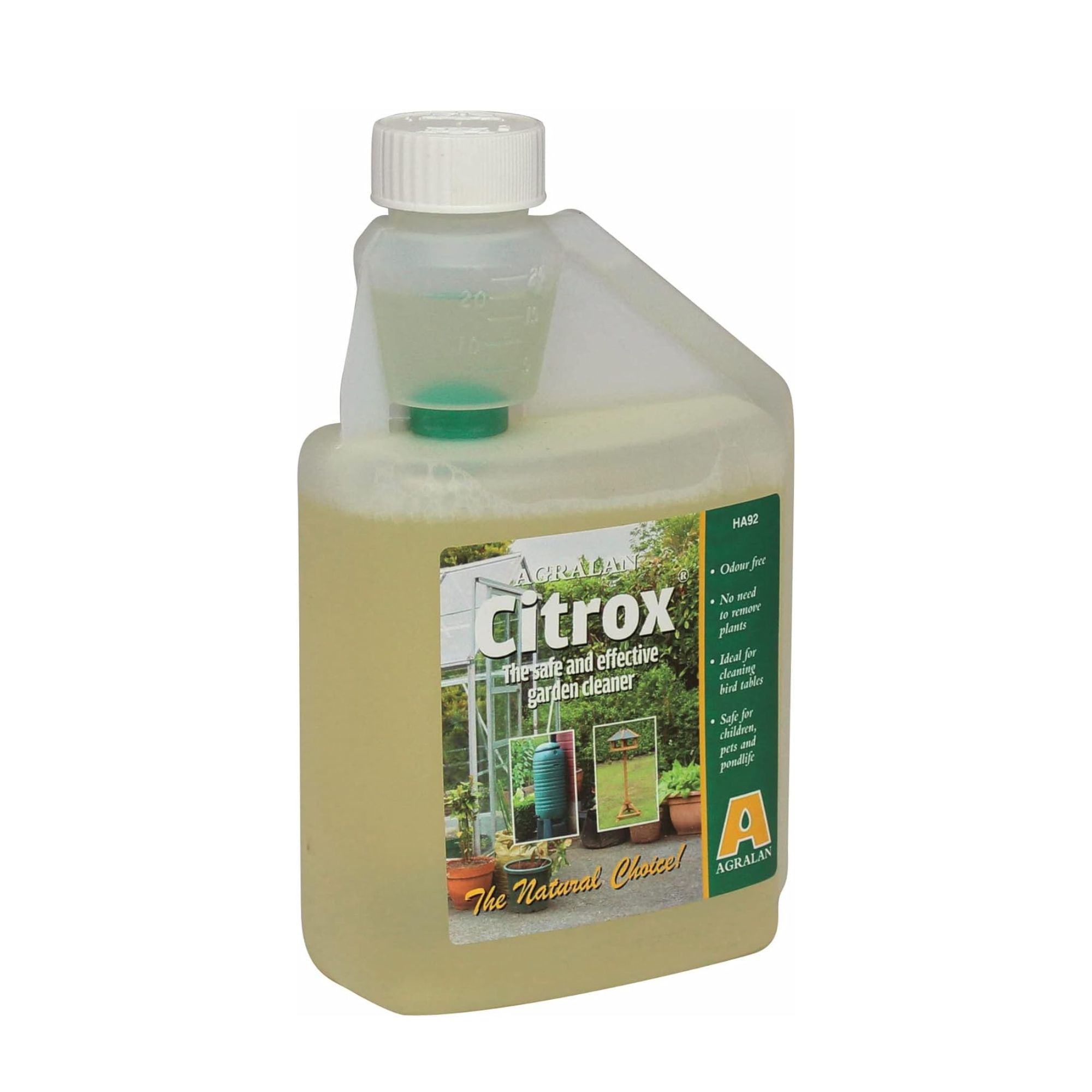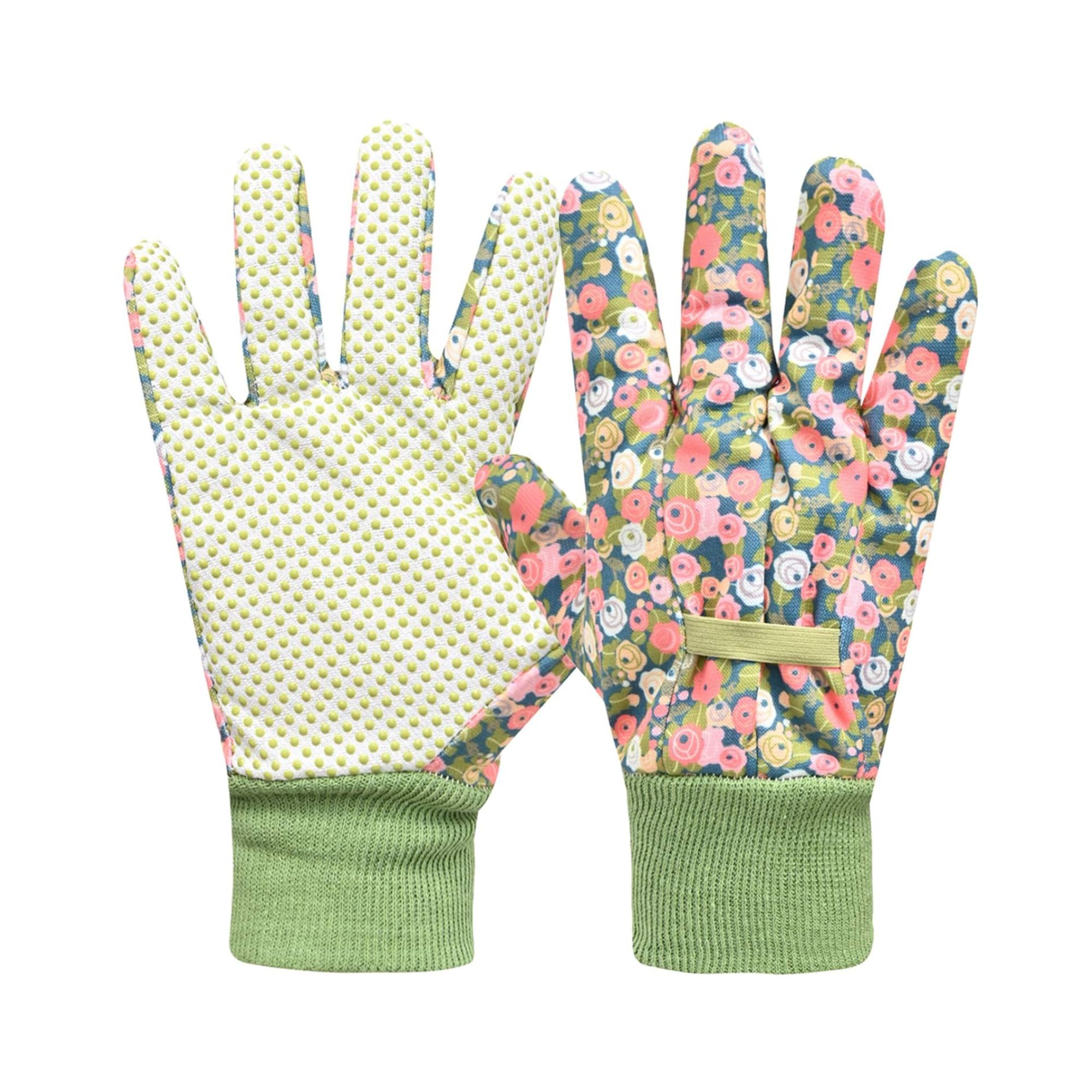6 reasons why your plant leaves turn yellow and how to fix them, according to experts
Get your green garden back

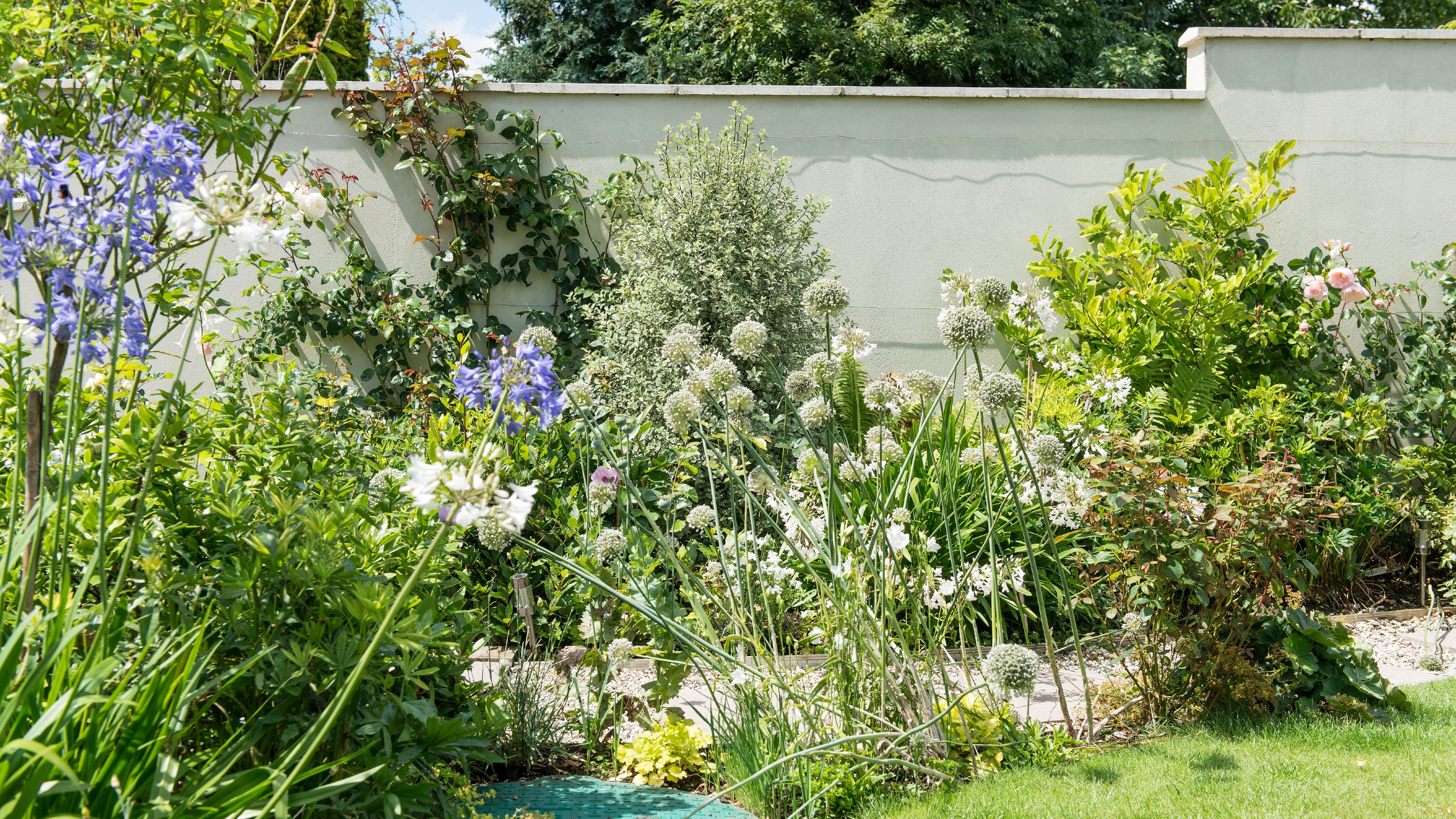
Plant leaves turning yellow? Unfortunately, you’re not alone. Gardeners everywhere struggle to understand why their plant leaves turn yellow, but we’re here to help you get your green garden back.
Yes, whether you’ve filled your garden borders with flowers and foliage, you’ve created a container garden worthy of awards, or you have way more houseplants than you’d care to admit, you probably already know that green = good and yellow = bad. But very few people understand what causes their plant leaves to turn yellow - or what they can do about it.
That’s why we’ve reached out to experts to solve this problem once and for all. Below, you’ll find 6 common reasons why your plant leaves turn yellow and how to fix them, and we guarantee that one of them will restore your indoor or outdoor garden to its former glory.
Reasons why your plant leaves turn yellow
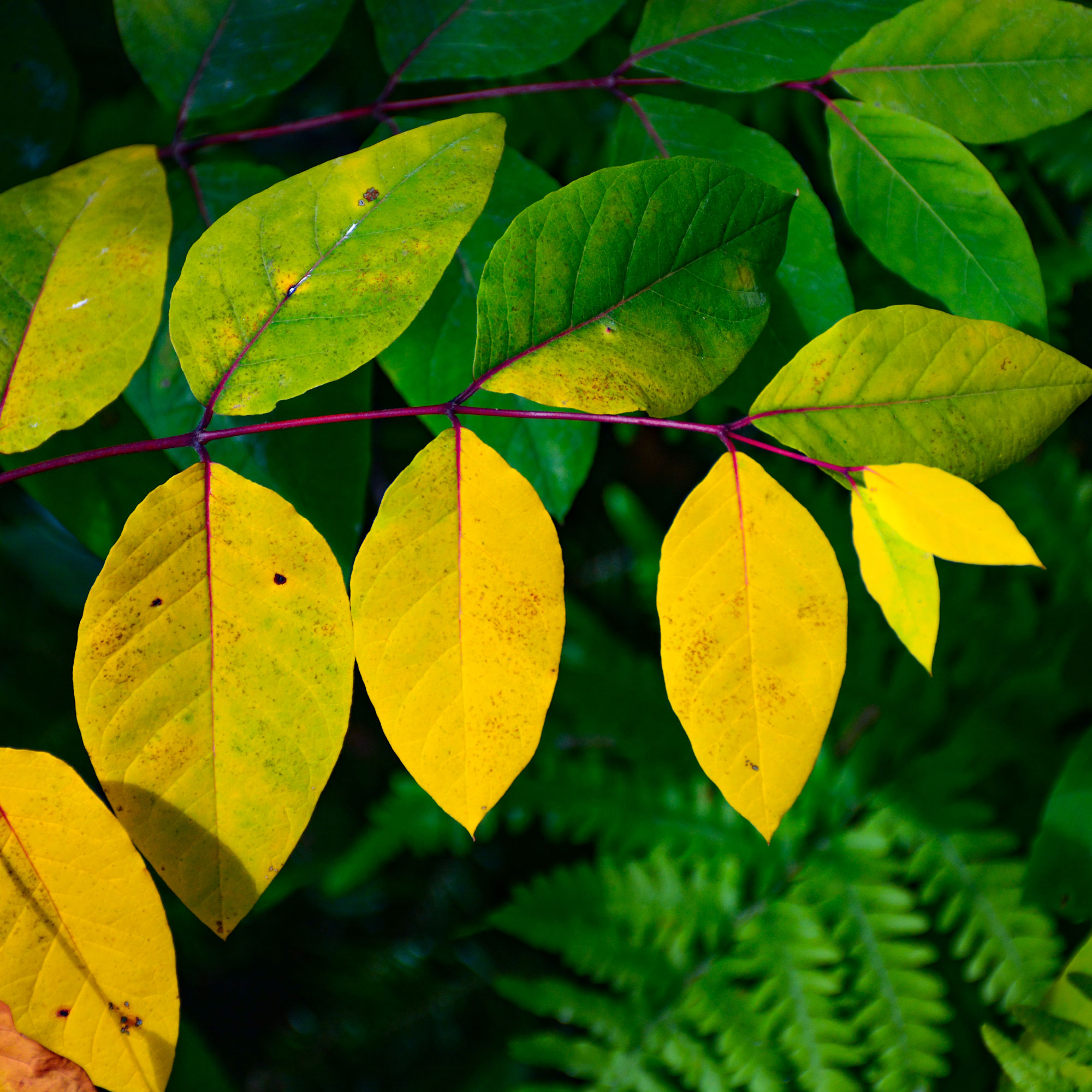
'When plant leaves turn yellow, that’s a sign your plant is unhappy about something,' explains Morris Hankinson, Director of Hopes Grove Nurseries. 'Usually it’s something that can be fixed so your plant can go on to thrive but it is essential to know what to do when you spot yellowing leaves.

Morris Hankinson is the founder and managing director of Hopes Grove Nurseries Ltd, the UK’s only specialist grower-retailer of hedging plants. He established the thriving business in 1992, shortly after graduating with a Commercial Horticulture Degree from Writtle College, Essex.
1. Overwatering

It might surprise you, but one of the biggest garden watering mistakes you can make is overwatering your plants. Of course, you can overwater your plants at any time of the year, but most people overwater their plants in the summer.
John Clifford, garden expert at Gardenstone, explains, ‘This is one of the main reasons why plant leaves turn yellow. They turn yellow because the excessive amount of water prevents the plant from getting enough oxygen, which in turn leads to yellowing leaves.’
As if yellow plant leaves weren’t enough, overwatering can also lead to root rot, fungal diseases, and stunted growth. So, it’s best to get on top of it as soon as possible.
Sign up to our newsletter for style inspiration, real homes, project and garden advice and shopping know-how
Solution: If you’re guilty of overwatering your plants in the heat, your first port of call is to understand how often you should water your plants in the summer. John adds, ‘Make sure you're only watering your plants as and when they need it. Many plants require the soil to fully dry out between watering, so ensure you're letting this happen.’
‘You should also ensure that your plant has proper drainage (such as well-draining soil). If you think you've overwatered your plant, leave it for a couple of days until it fully dries out before you water it again.’
Alternatively, you could use self-watering plant pots to ensure your plants only take in as much water as they need - and nothing more.

John Clifford is a director of Gardenstone, a leading garden landscaping retailer based in the UK. With over 30 years in the gardening industry and continual work alongside The National Trust, John has amassed an extensive range of gardening and planting knowledge. Alongside his younger son, John has built a strong reputation for Gardenstone as a trusted source for both high-quality garden products and expert gardening advice.
2. Underwatering
Just as overwatering can turn your plant leaves yellow, so can underwatering. Of course, this can result from unusually hot weather, going on holiday, or simply forgetting to water your plants as often as they need to be watered.
And while underwatering is common, it can be dangerous for your plants. John says, ‘Lack of water means that the plant isn't getting enough resources, and causes the plant to conserve as much energy as possible, which leads to yellowing leaves.’
If the underwatering continues, it could then lead to the demise of your plant. But, thankfully, there’s an easy solution.
Solution: ‘To fix this, make sure you're watering your plant regularly,’ says John. ‘This is especially a problem in the summer, as plants in summer generally need more water than the other times of the year in order to survive against the heat.'
'Make sure to check the watering needs of your particular variety of plant, and if you need to keep the soil consistently moist, then make sure that this happens.’
But if you’re someone who regularly forgets to water the garden, it might work in your favour to utilise smart watering systems to keep your garden in check. By doing this, you can stop your plant leaves from turning yellow.

3. Improper light
Your plant needs to photosynthesise in order to survive - and to photosynthesise, it needs sunlight. But one of the most common reasons why plant leaves turn yellow is that they’re not getting the right amount of sunlight to photosynthesise properly. In fact, this is one of the most common container plant problems.
This can either be too much or too little sunlight. John says, ‘If your plant is getting too much or too little sunlight, it can cause stress to the plant and therefore cause its leaves to yellow.’
Finding the perfect balance of sunlight is sometimes difficult, but that doesn’t mean it’s impossible. In most cases, you simply need to understand which direction your garden faces (for example, you might have a south-facing garden which enjoys bright sunshine for most of the day) and your plant’s light requirements.
Solution: The easiest way to turn your plant’s yellow leaves green again is simple. All you need to do is move them.
John advises, ‘I recommend adjusting the plant’s location to provide optimal light conditions, making sure that you're aware of the specific light needs of the exact plant that you have growing. Some plants need a lot of light, and some plants don't, so it's important to get this right for their health.’
And while this is extremely easy to do if your plants are in containers, it’s a little more difficult to move in-ground plants. Because of this, you need to make sure that you move these plants at the right time and in the right way to avoid causing unnecessary stress.
4. Temperature stress
It’s fair to say that the British weather can give you whiplash. One minute, it’s freezing cold and bucketing down hailstones, and the next minute, the sun’s out, and the best BBQs are being fired up.
Of course, most of us are used to this change in weather, but our plants can suffer temperature stress as a result, and this can cause your plant leaves to turn yellow.
John says, ‘Whether it's extremely hot or extremely cold, these excessive temperatures can cause your plant's leaves to yellow. This is usually a problem in summer, as the sun scorches and overheats the plant.’
Solution: Protecting your plants from this temperature stress is the only real way to stop your plant leaves from turning yellow - and, ideally, you should do this before your plants are exposed to these temperatures. So, keep an eye on the weather forecast.
John advises, ‘In winter, they might need covering with a horticultural fleece or bringing inside. In summer, they might need moving into the shade or bringing inside.’
If you can’t move your plants, mulching is a great way to keep them both warm in the winter and cool in the summer. Alternatively, you could install a shade sail over your plants to offer them some much-needed shade during the hotter months.
5. Lack of nutrients
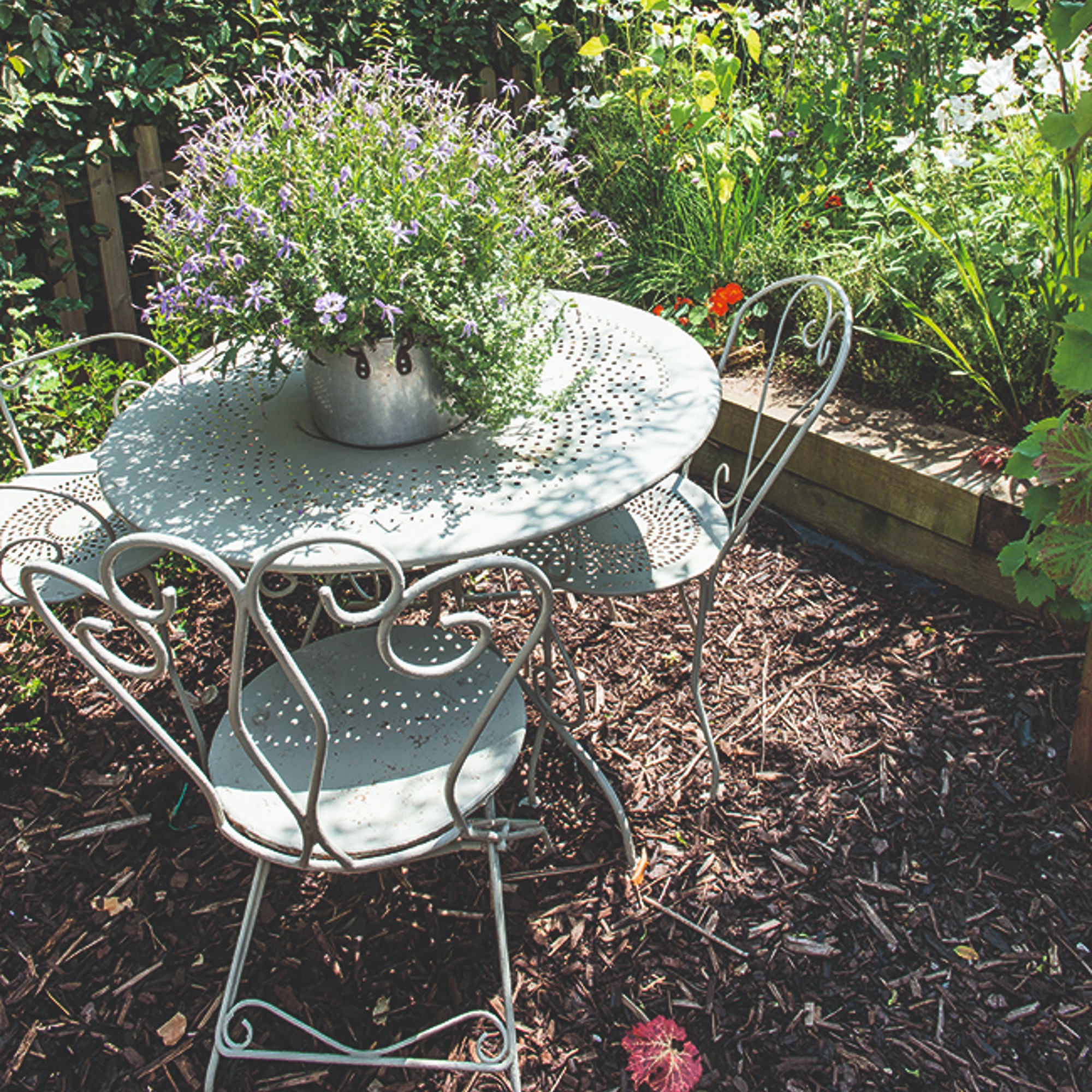
Another reason why your plant leaves may turn yellow is because your soil doesn't offer them the nutrients they need. To thrive, plants need nutrients such as nitrogen, phosphorous and potassium.
These nutrients not only affect the health of the plant but also the colouring. And as John says, ‘Lack of essential nutrients like nitrogen, iron, or magnesium can cause yellowing of the leaves.’
Solution: To make your garden green again, you need to replenish the soil and the plants with the deficient nutrients. John explains, ‘Make sure you're feeding your plants so they get everything they need.’
He adds, ‘For the majority of plants, I recommend an all-purpose fertiliser.’ But it’s important to note that you don’t necessarily have to buy a fertiliser if you’d prefer to make a natural plant fertiliser. In fact, you can even use Epsom salts for plants to replenish magnesium levels.
Just make sure that you research your specific plants to ensure that you’re using the right fertilisers for their needs and requirements.
6. Infestations or diseases
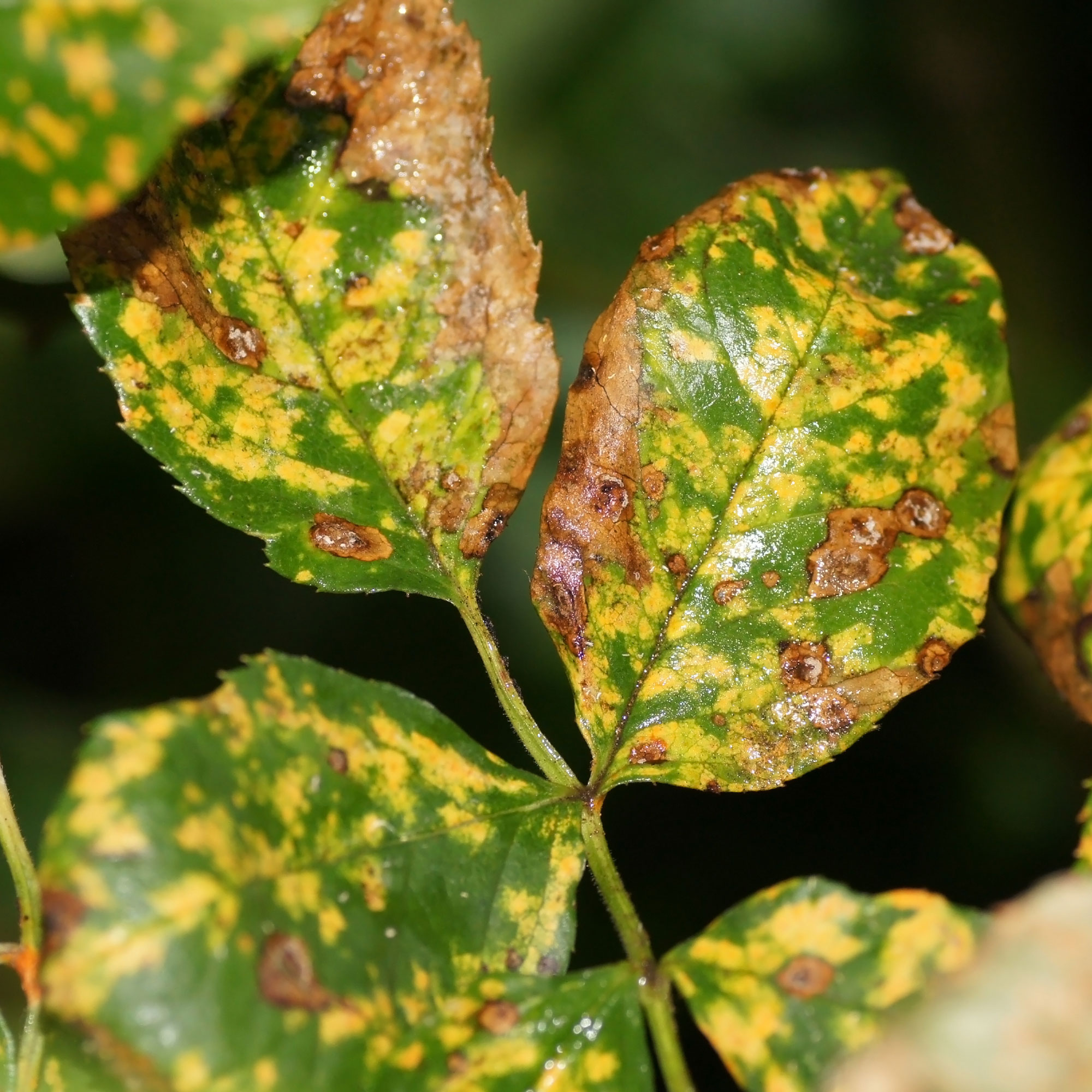
Yellow plant leaves can be the result of something harmless. On rare occasions, however, it could be something much more serious - and potentially deadly. That’s because yellow plant leaves can be caused by fungal or bacterial infections, diseases, or pests.
Any plant is susceptible to disease, and there are even many common rose problems and diseases that need to be fixed. However, it’s important to research your specific plant and the diseases that often affect it.
Morris says, 'Many different types of pests and diseases can turn leaves yellow from aphids to airborne diseases. You may notice holes in the leaves which is a sign of pests or white powdery spots which is disease.'
Generally, a diseased plant will also experience stunted growth, spots on leaves, pests, curling leaves, and, of course, yellow leaves.
Solution: Although many reasons your plant leaves turn yellow are an easy fix, disease is a little different. John urges, ‘I recommend that you remove all affected leaves immediately, and properly dispose of them to reduce risk of infection.’
To do this, grab your secateurs and pruners and cut away all of the affected leaves before inspecting the rest of the plant. It may be that you need to cut away some of the other stems, too.
This will not only cut away the affected areas but also improve air circulation, which will prevent the further spread of disease.
For pests, Morris advises, 'Check the plant over and remove any pests that you can see, often a blast of water with a hose will help or try a mix of water and washing up liquid.'
'It might be helpful to quarantine your plant as well until you know for sure what the problem is.'
FAQs
Can yellow leaves turn green again?
In most cases, leaves that have turned yellow will not turn green again, as the leaf itself has been damaged beyond repair. However, by using the yellow leaf as a way to determine the cause, you can ultimately save the rest of the plant and prevent all of the other leaves from turning yellow.
So, while you may be stuck with a yellow leaf, you can also rest easy knowing that you have the knowledge to stop the rest of the plant from suffering the same fate.
Should you cut yellow leaves off plants?
If you believe that the yellow leaf has been caused by disease, you should aim to cut the yellow leaves off as soon as possible to prevent the spread. If not, you may be able to leave them.
A good indicator as to whether you should cut yellow leaves off plants or not is by giving them a slight tug. If you can feel that they want to come off their own, you can simply pluck them off the plant - or cut them if you want a cleaner cut.
If they don’t come away from the plant easily, you should keep them on the plant and monitor the next few weeks carefully. If the plant remains healthy, you can keep it on. If other leaves turn yellow, you may have a bigger issue on your hands.
Are your plant leaves turning yellow? Well, the first step is determining why they’re turning yellow - and then use these solutions to fix it.

Lauren Bradbury has been the Content Editor for the House Manual section since January 2025 but worked with the team as a freelancer for a year and a half before that. She graduated with a Bachelor’s degree in English and Creative Writing from the University of Chichester in 2016. Then, she dipped her toe into the world of content writing, primarily focusing on home content. After years of agency work, she decided to take the plunge and become a full-time freelancer for online publications, including Real Homes and Ideal Home, before taking on this permanent role. Now, she spends her days searching for the best decluttering and cleaning hacks and creating handy how-to guides for homeowners and renters alike, as well as testing vacuums as part of her role as the Ideal Home Certified Expert in Training on Vacuums, having spent over 110 hours testing different vacuum models to date!
